Home>Furniture & Design>Interior Design Trends>How To Replace Rear Window Glass


Interior Design Trends
How To Replace Rear Window Glass
Modified: February 18, 2024
Learn how to replace rear window glass with our expert interior design trends. Get the latest tips and ideas for updating your home's interior.
(Many of the links in this article redirect to a specific reviewed product. Your purchase of these products through affiliate links helps to generate commission for Storables.com, at no extra cost. Learn more)
Introduction
Replacing the rear window glass of a vehicle is a task that requires precision, care, and the right tools. Whether the glass has been damaged in an accident or has succumbed to wear and tear over time, knowing how to replace it can save you time and money. While this task may seem daunting at first, with the proper guidance and attention to detail, it can be accomplished successfully.
In this comprehensive guide, we will walk you through the step-by-step process of replacing the rear window glass of your vehicle. From the essential tools and materials needed to the meticulous steps of removing the old glass, preparing the new one, and finally installing it, we've got you covered. By following these instructions, you can restore the functionality and aesthetics of your vehicle's rear window, ensuring a safe and visually appealing driving experience.
So, roll up your sleeves, gather your tools, and let's embark on this journey to rejuvenate your vehicle's rear window. With the right approach and a bit of patience, you'll soon have a brand-new rear window glass that enhances both the functionality and the overall appeal of your vehicle. Let's dive into the detailed process of replacing the rear window glass and get your vehicle looking as good as new.
Key Takeaways:
- Replacing rear window glass requires patience, precision, and the right tools. From removing the old glass to installing the new one, meticulous attention to detail ensures a safe and visually appealing outcome for your vehicle.
- Gathering the necessary tools and materials, handling the old glass with care, and preparing and installing the new glass with precision are essential steps in successfully replacing your vehicle’s rear window glass.
Read more: How To Replace Glass In A Window
Tools and Materials Needed
Before embarking on the task of replacing the rear window glass of your vehicle, it is essential to gather the necessary tools and materials. Having the right equipment at your disposal will not only streamline the process but also ensure that the replacement is carried out with precision and efficiency. Here's a comprehensive list of the tools and materials you will need:
Tools:
- Protective Gear: Safety goggles and gloves are crucial for safeguarding yourself against potential glass shards and debris during the removal and installation process.
- Trim Removal Tools: These specialized tools are designed to safely remove interior panels and trim without causing damage to the vehicle's surfaces.
- Suction Cups: These will aid in securely gripping and handling the new rear window glass during the installation process.
- Razor Blade Scraper: This tool will be used to carefully remove any residual adhesive or sealant from the window frame.
- Caulking Gun: Essential for applying the adhesive or sealant to secure the new rear window glass in place.
- Torx and Socket Set: To remove any bolts or screws securing the old rear window glass and its surrounding components.
- Cleaning Supplies: Glass cleaner, microfiber cloths, and rubbing alcohol for cleaning the window frame and ensuring a pristine surface for the new glass installation.
Materials:
- Replacement Rear Window Glass: Ensure that the new glass is compatible with your vehicle's make and model, and that it meets safety standards.
- Adhesive or Sealant: High-quality urethane adhesive or sealant designed for automotive glass installation is essential for securely bonding the new rear window glass to the vehicle.
- Primer (if required): Some adhesive products may necessitate the use of a primer to enhance adhesion and ensure a durable bond.
- Protective Tape: To protect the surrounding areas of the vehicle's bodywork from accidental scratches or damage during the removal and installation process.
By assembling these tools and materials, you will be well-equipped to undertake the rear window glass replacement process with confidence and precision. Ensuring that you have everything at hand before commencing the task will contribute to a smooth and successful replacement, allowing you to restore your vehicle's rear window to its former glory.
Removing the Old Rear Window Glass
Removing the old rear window glass is a critical step in the replacement process and requires careful attention to detail. Before initiating the removal, ensure that you have gathered all the necessary tools and materials mentioned earlier. Additionally, it is crucial to prioritize safety by wearing protective gear, including safety goggles and gloves, to shield yourself from potential glass shards and debris.
-
Interior Trim Removal: Begin by carefully removing the interior trim surrounding the rear window. Utilize the trim removal tools to gently pry off the trim, ensuring that it is done meticulously to avoid damaging the surrounding surfaces. Exercise patience and precision during this step to prevent any unintended harm to the vehicle's interior.
-
Release the Sealant: Once the trim is removed, inspect the perimeter of the old rear window glass to identify the sealant or adhesive securing it to the vehicle. Using a razor blade scraper, carefully loosen and remove the sealant by sliding the blade along the edges. Exercise caution to avoid damaging the window frame during this process.
-
Assess Attachment Points: After releasing the sealant, identify any attachment points such as bolts or screws that may be securing the old rear window glass. Utilize the appropriate Torx and socket set to carefully remove these fasteners, ensuring that they are safely set aside for later use.
-
Secure Handling: With the fasteners removed, it's time to handle the old rear window glass. Enlist the assistance of suction cups to securely grip and lift the glass from its position. Exercise caution and ensure a firm grip to prevent accidental dropping or breakage of the glass.
-
Safe Removal: Once the glass is detached from the vehicle, carefully maneuver it out of the window opening, ensuring that it is lifted out smoothly and without any abrupt movements. Place the old rear window glass in a safe location, away from the work area, to prevent any accidental damage or injuries.
By meticulously following these steps, you can successfully remove the old rear window glass, paving the way for the subsequent stages of preparing and installing the new glass. Remember to maintain a methodical approach and prioritize safety throughout the removal process to ensure a seamless transition to the next phase of the replacement procedure.
Read more: How To Replace A Glass Window Pane
Preparing the New Rear Window Glass
With the old rear window glass successfully removed, the focus now shifts to preparing the new glass for installation. This phase is crucial in ensuring that the replacement process proceeds smoothly and results in a secure and aesthetically pleasing outcome. Before commencing the preparation, it is imperative to verify that the replacement rear window glass is compatible with the specific make and model of the vehicle, and that it meets the necessary safety standards.
The following steps outline the meticulous process of preparing the new rear window glass for installation:
-
Inspection and Cleaning: Begin by thoroughly inspecting the new rear window glass to ensure that it is free from any defects or damage. Check for any imperfections, such as chips or cracks, and verify that the dimensions and contours align with the vehicle's specifications. Once the inspection is complete, use glass cleaner and a microfiber cloth to meticulously clean the entire surface of the new glass. Removing any dust, debris, or residue is essential to guarantee a pristine bonding surface for the installation.
-
Application of Adhesive or Sealant: Prior to applying the adhesive or sealant, it is crucial to follow the manufacturer's guidelines and recommendations. Some adhesive products may require the application of a primer to enhance adhesion and ensure a durable bond between the new rear window glass and the vehicle. Carefully apply the adhesive or sealant along the perimeter of the glass, ensuring an even and consistent layer that facilitates a secure bond with the vehicle's frame.
-
Protective Tape Application: To safeguard the surrounding areas of the vehicle's bodywork from accidental scratches or damage during the installation process, apply protective tape along the edges of the window frame. This precautionary measure helps maintain the integrity of the vehicle's exterior while maneuvering the new glass into position.
-
Handling and Positioning: With the adhesive or sealant applied and the protective tape in place, carefully handle the new rear window glass using suction cups to ensure a secure grip. Position the glass with precision, aligning it accurately within the window opening. Exercise caution and patience during this step to avoid any misalignment or damage to the adhesive layer.
By meticulously following these steps, the new rear window glass is primed and ready for installation. This meticulous preparation sets the stage for the final phase of the replacement process, ensuring that the new glass is seamlessly integrated into the vehicle's structure, providing both functionality and visual appeal.
When replacing rear window glass, make sure to use protective gloves and eyewear to prevent injury from broken glass. Clean the window frame thoroughly before installing the new glass to ensure a proper seal.
Installing the New Rear Window Glass
With the new rear window glass meticulously prepared for installation, the final phase of the replacement process is the precise and secure positioning of the glass within the vehicle's framework. This stage demands meticulous attention to detail and a methodical approach to ensure a seamless integration of the new glass, restoring both the functionality and aesthetic appeal of the vehicle's rear window.
The following steps outline the meticulous process of installing the new rear window glass:
-
Alignment and Placement: Carefully maneuver the prepared new rear window glass, utilizing the suction cups to maintain a secure grip. Align the glass with precision, ensuring that it seamlessly fits within the window opening. Take the time to verify that the positioning is accurate, as any misalignment at this stage can lead to complications during the bonding process.
-
Secure Bonding: Once the new glass is aligned within the window opening, gently press it against the adhesive or sealant applied earlier. Apply consistent pressure to facilitate a secure bond between the glass and the vehicle's frame. This step is crucial in ensuring that the glass is firmly affixed in place, preventing any potential issues related to loose or improperly bonded glass.
-
Removal of Protective Tape: With the new rear window glass securely in place, carefully remove the protective tape applied along the edges of the window frame. Exercise caution to avoid disrupting the positioning of the glass while peeling off the tape. This process should be carried out meticulously to maintain the integrity of the adhesive or sealant and the overall installation.
-
Final Inspection: Once the protective tape is removed, conduct a thorough visual inspection of the installed rear window glass. Verify that the glass is securely bonded to the vehicle's frame, with no visible gaps or irregularities in the bonding interface. Additionally, ensure that the surrounding areas are free from any adhesive or sealant residue, presenting a clean and polished appearance.
-
Curing Period: Depending on the type of adhesive or sealant used, adhere to the recommended curing period before subjecting the vehicle to any external factors such as inclement weather or mechanical stress. This allows the adhesive to set and form a durable bond, contributing to the long-term stability and reliability of the new rear window glass installation.
By meticulously following these steps, the new rear window glass is seamlessly integrated into the vehicle's structure, ensuring a secure and visually appealing replacement. This meticulous approach not only enhances the functionality of the vehicle's rear window but also contributes to the overall safety and aesthetic appeal of the vehicle. With the installation process completed, you can now enjoy the renewed clarity and functionality of your vehicle's rear window, knowing that it has been replaced with precision and care.
Conclusion
In conclusion, the process of replacing the rear window glass of a vehicle is a meticulous endeavor that demands attention to detail, precision, and a methodical approach. By following the comprehensive steps outlined in this guide, you can successfully rejuvenate your vehicle's rear window, restoring both its functionality and visual appeal.
From the initial preparation, which involves gathering the essential tools and materials, to the careful removal of the old rear window glass, every step is crucial in ensuring a seamless transition to the installation of the new glass. The meticulous preparation of the new glass, including the application of adhesive or sealant and the precise positioning within the vehicle's framework, sets the stage for a secure and durable replacement.
The installation phase, with its emphasis on alignment, secure bonding, and meticulous inspection, culminates in the seamless integration of the new rear window glass. This meticulous approach not only enhances the functionality of the vehicle's rear window but also contributes to the overall safety and aesthetic appeal of the vehicle.
As you complete the replacement process and embark on the journey of enjoying the renewed clarity and functionality of your vehicle's rear window, it is essential to prioritize safety and adhere to any recommended curing periods for the adhesive or sealant. This ensures the long-term stability and reliability of the new rear window glass installation.
By undertaking this task with patience, attention to detail, and the guidance provided in this guide, you can achieve a successful rear window glass replacement, saving time and money while enhancing the overall appeal and functionality of your vehicle. Remember, the key to a successful replacement lies in meticulous preparation, precise execution, and a steadfast commitment to safety and quality.
With the rear window glass replacement completed, you can now take pride in knowing that you have revitalized an essential component of your vehicle with precision and care. As you hit the road with a renewed rear window, may you enjoy the clear visibility and enhanced aesthetics that come with a successfully replaced rear window glass.
Frequently Asked Questions about How To Replace Rear Window Glass
Was this page helpful?
At Storables.com, we guarantee accurate and reliable information. Our content, validated by Expert Board Contributors, is crafted following stringent Editorial Policies. We're committed to providing you with well-researched, expert-backed insights for all your informational needs.
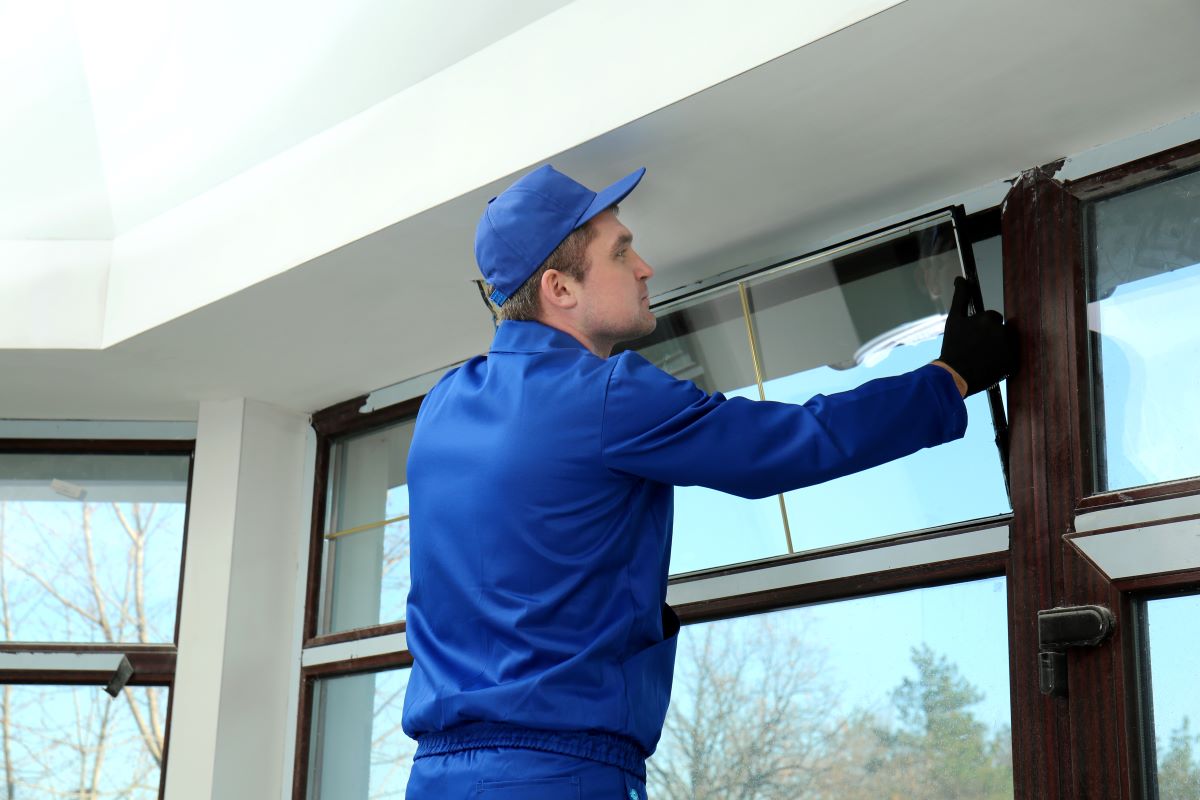
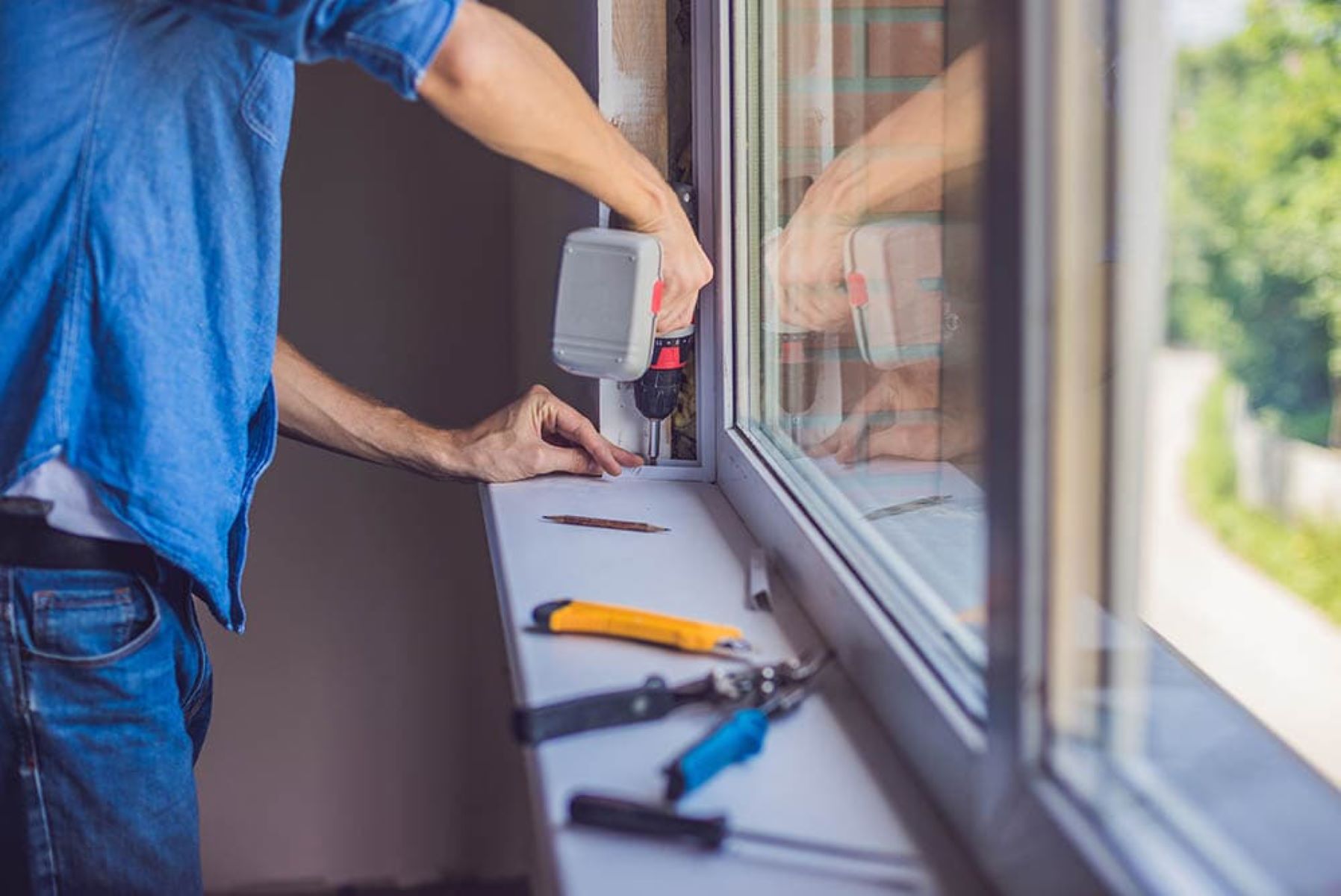
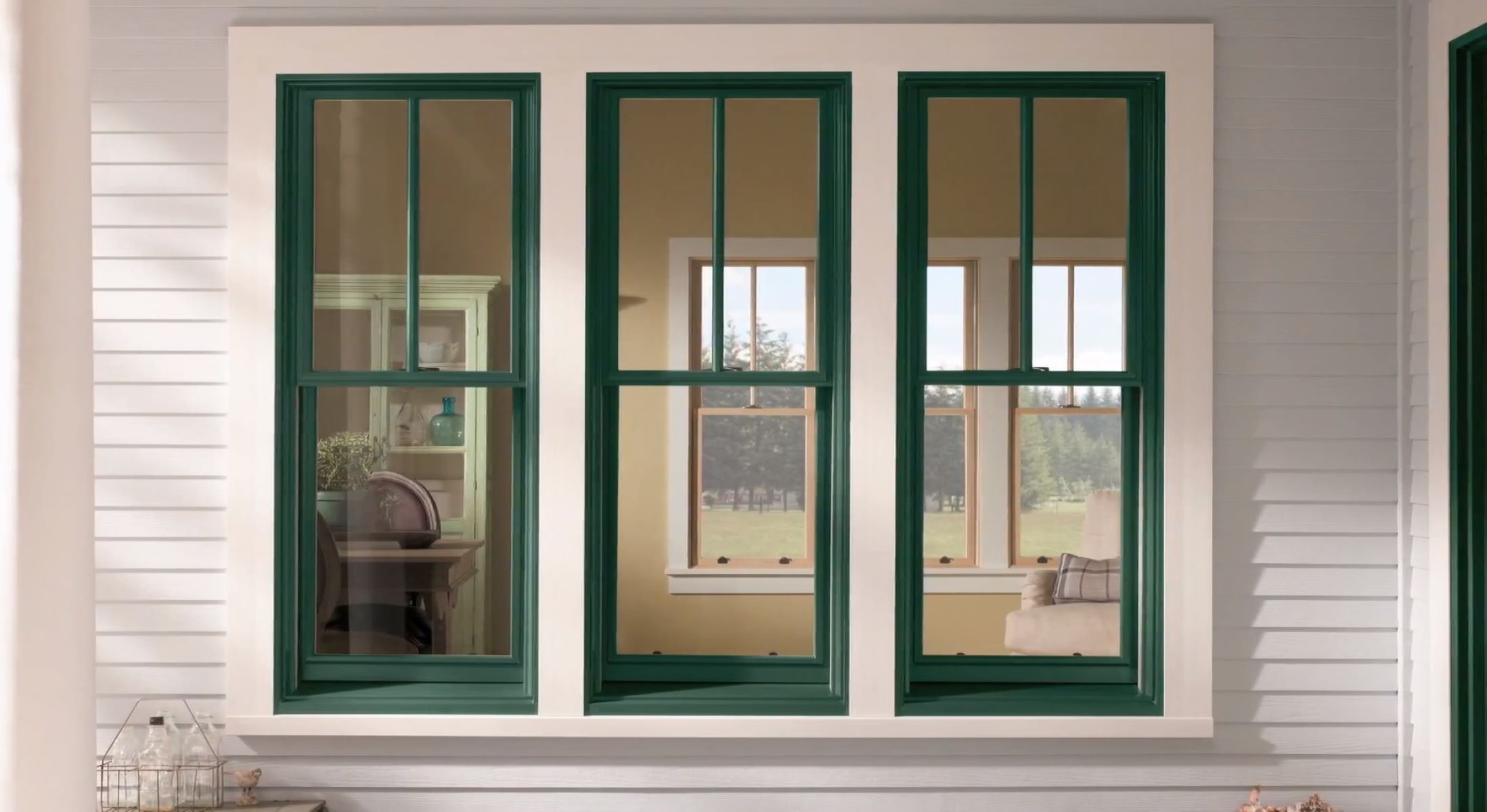
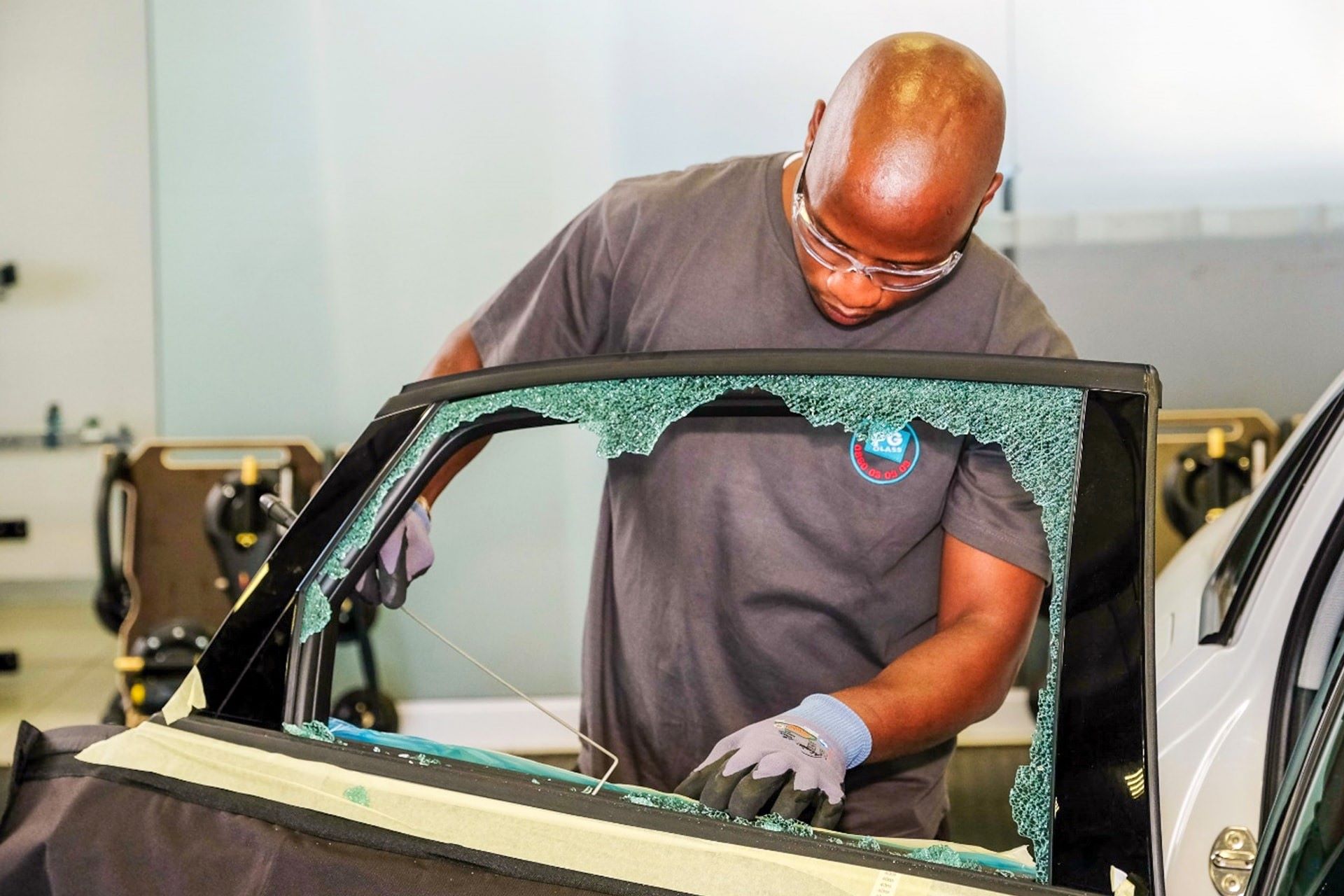
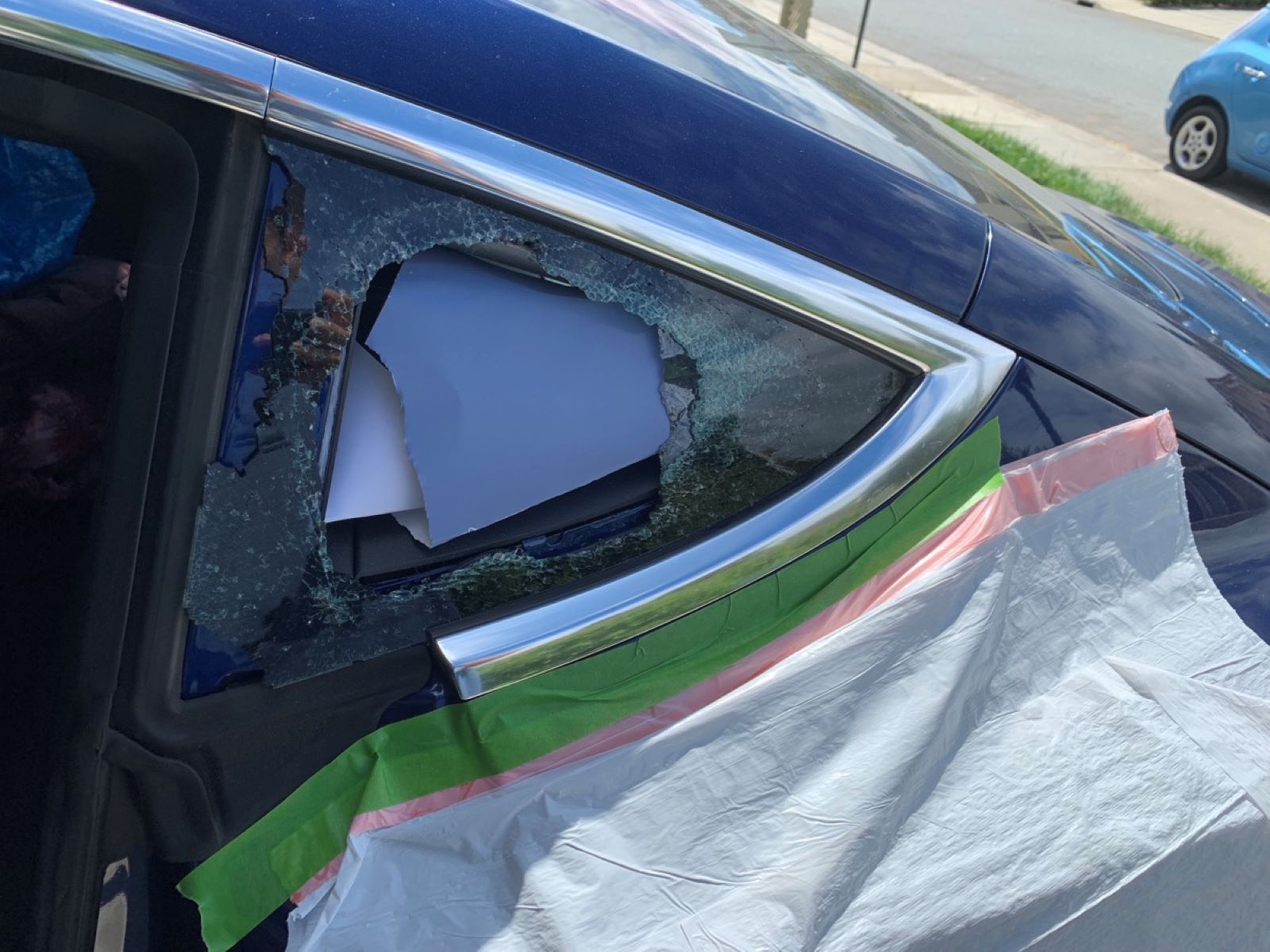
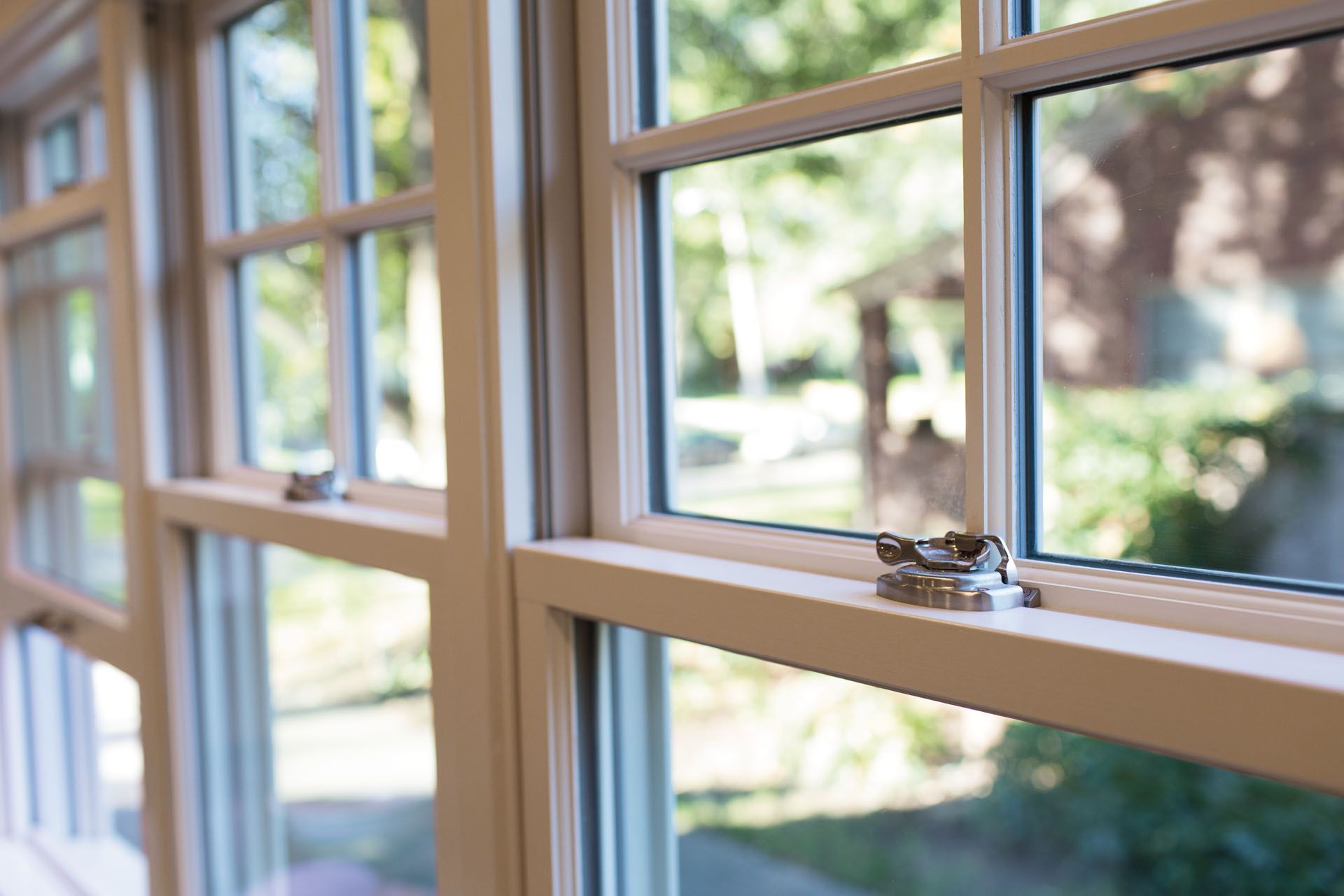
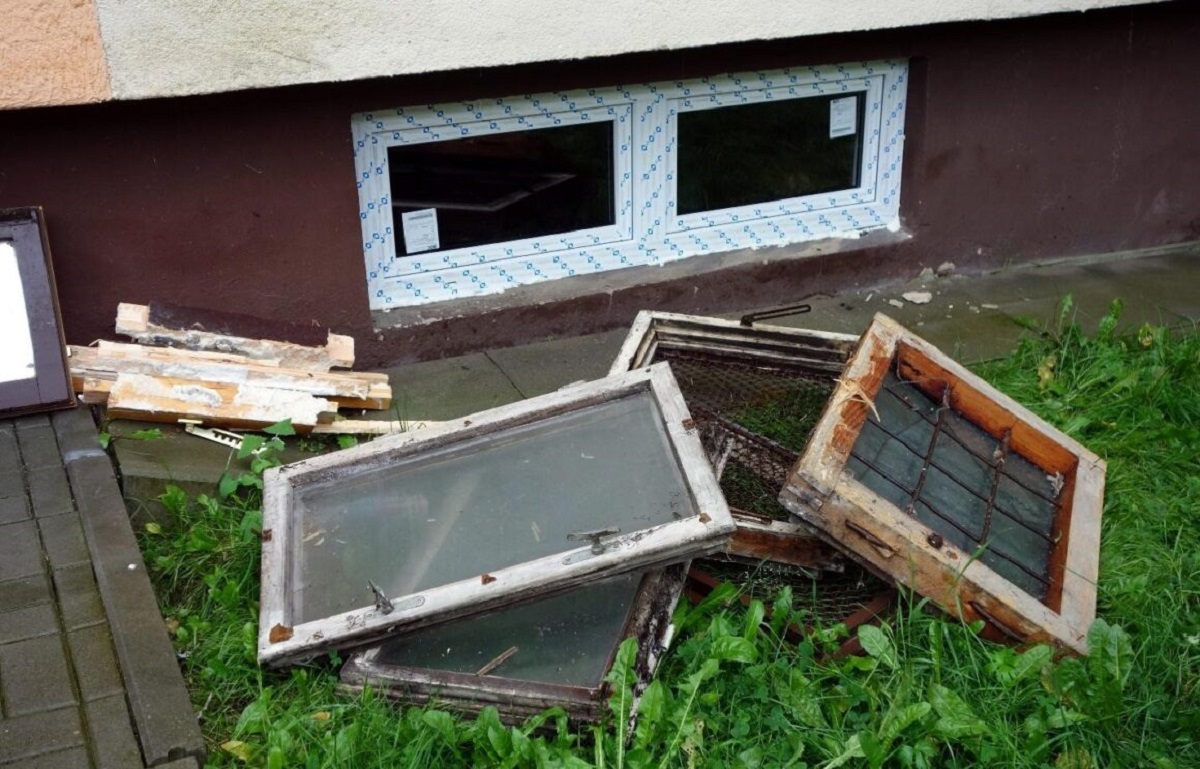

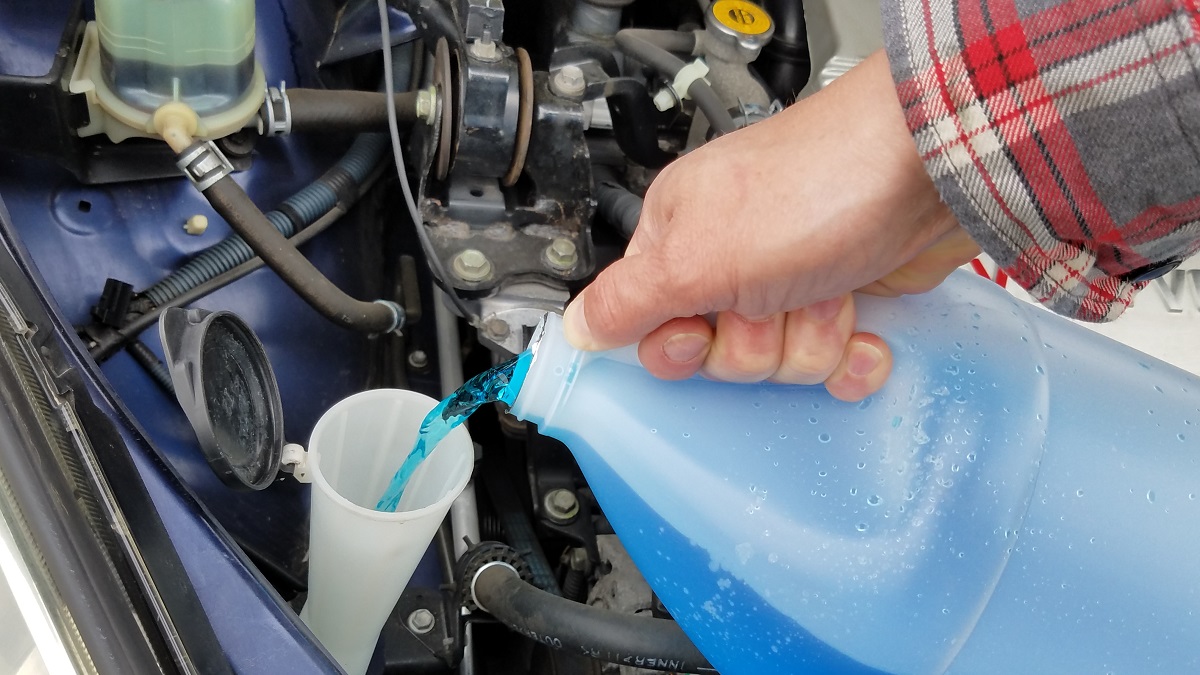
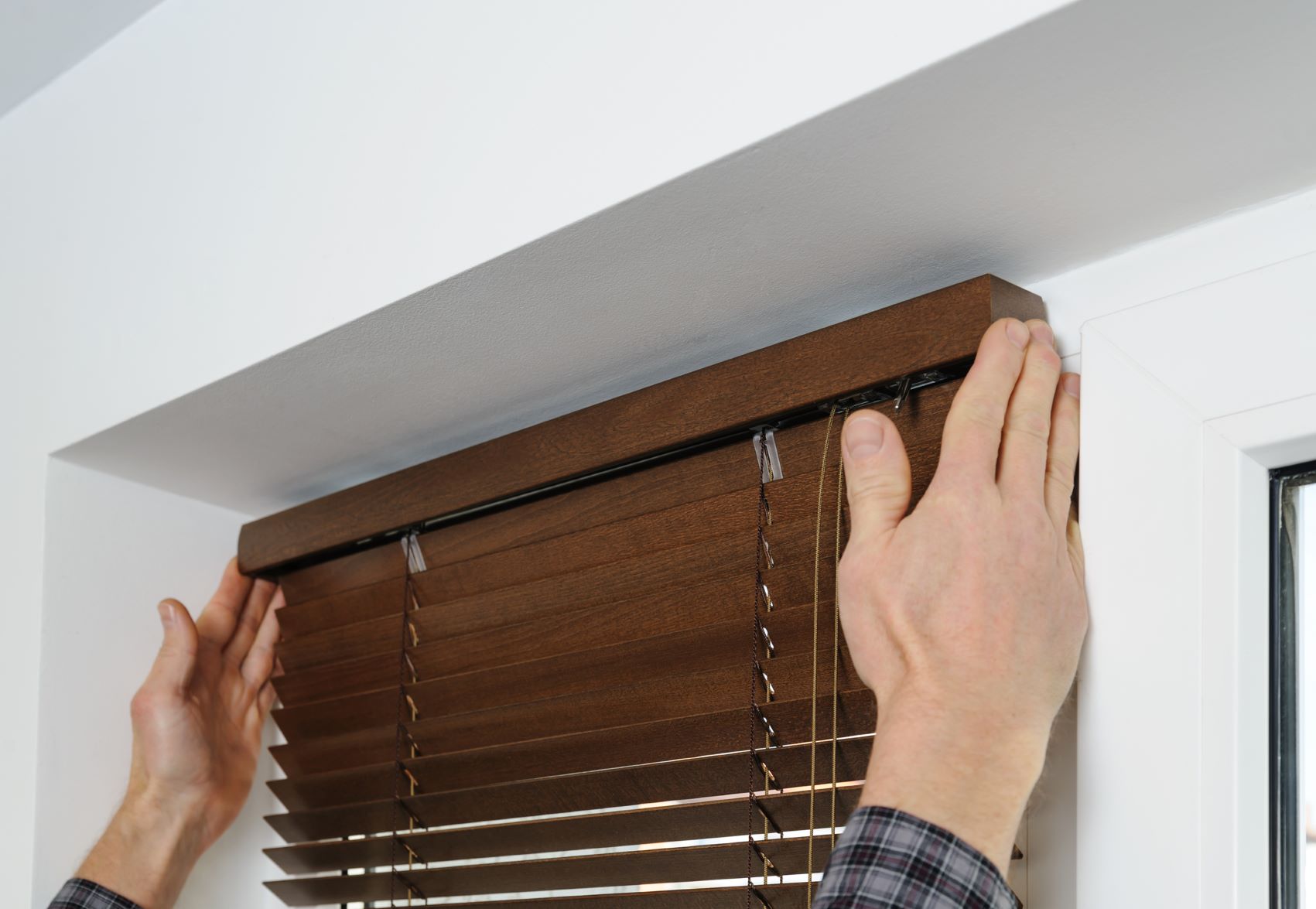
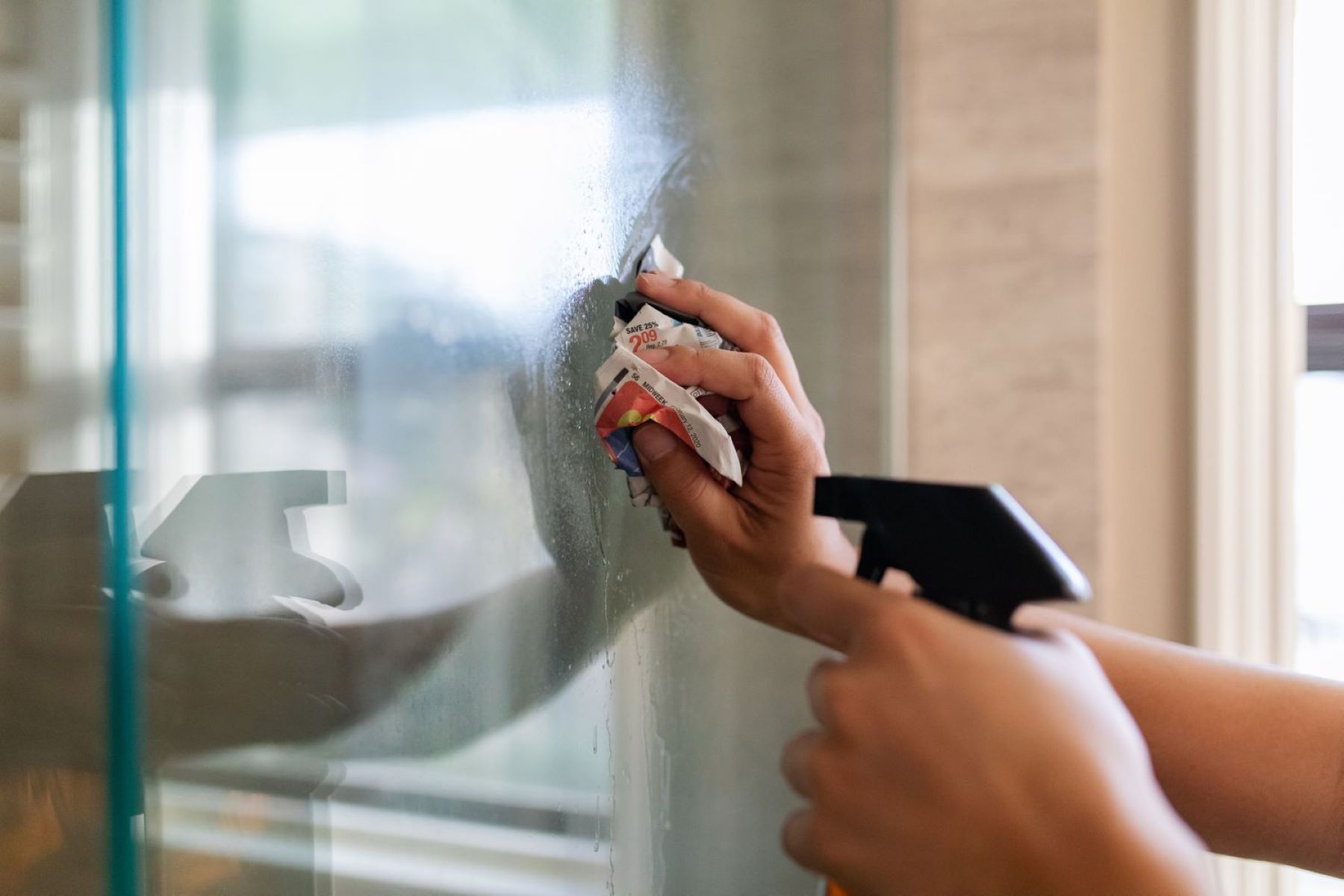
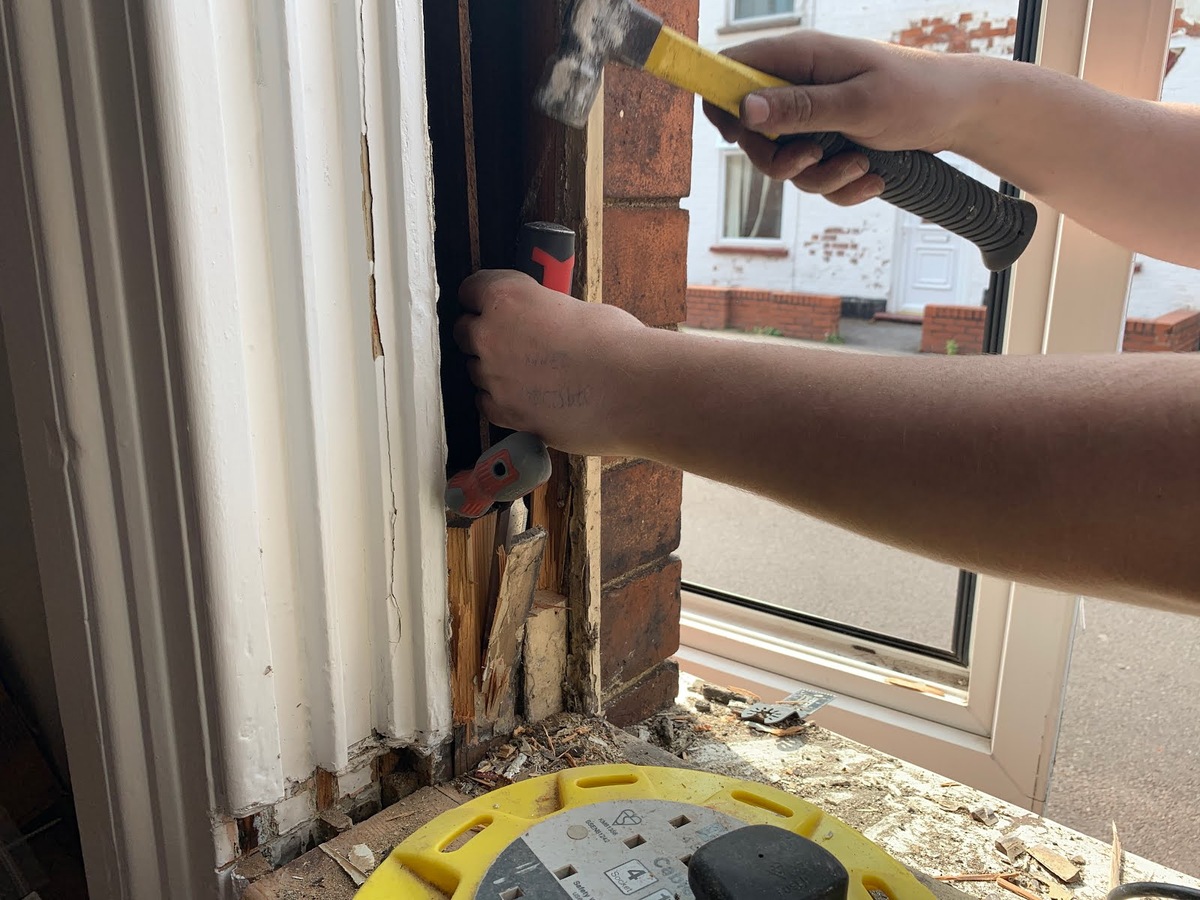
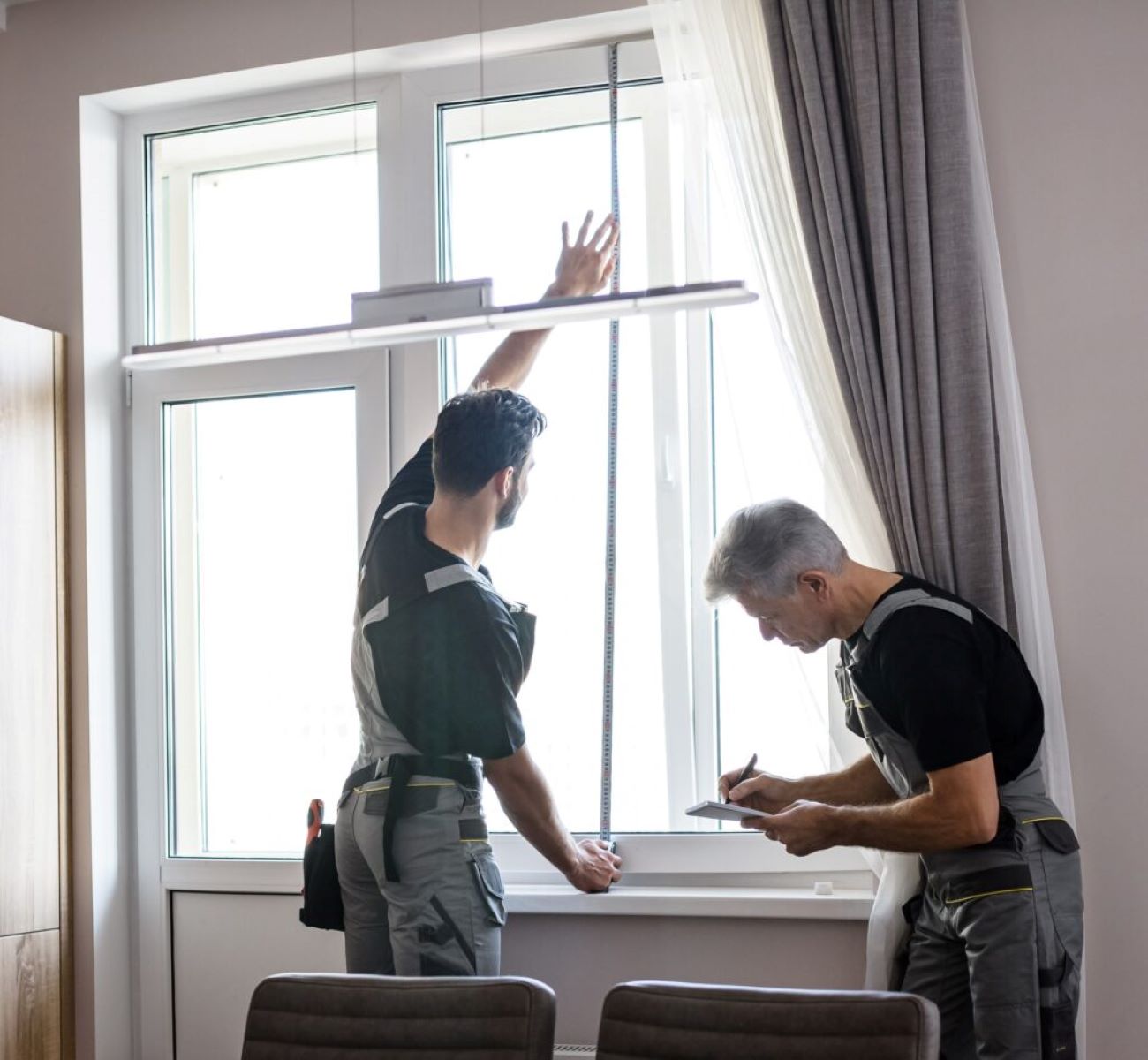
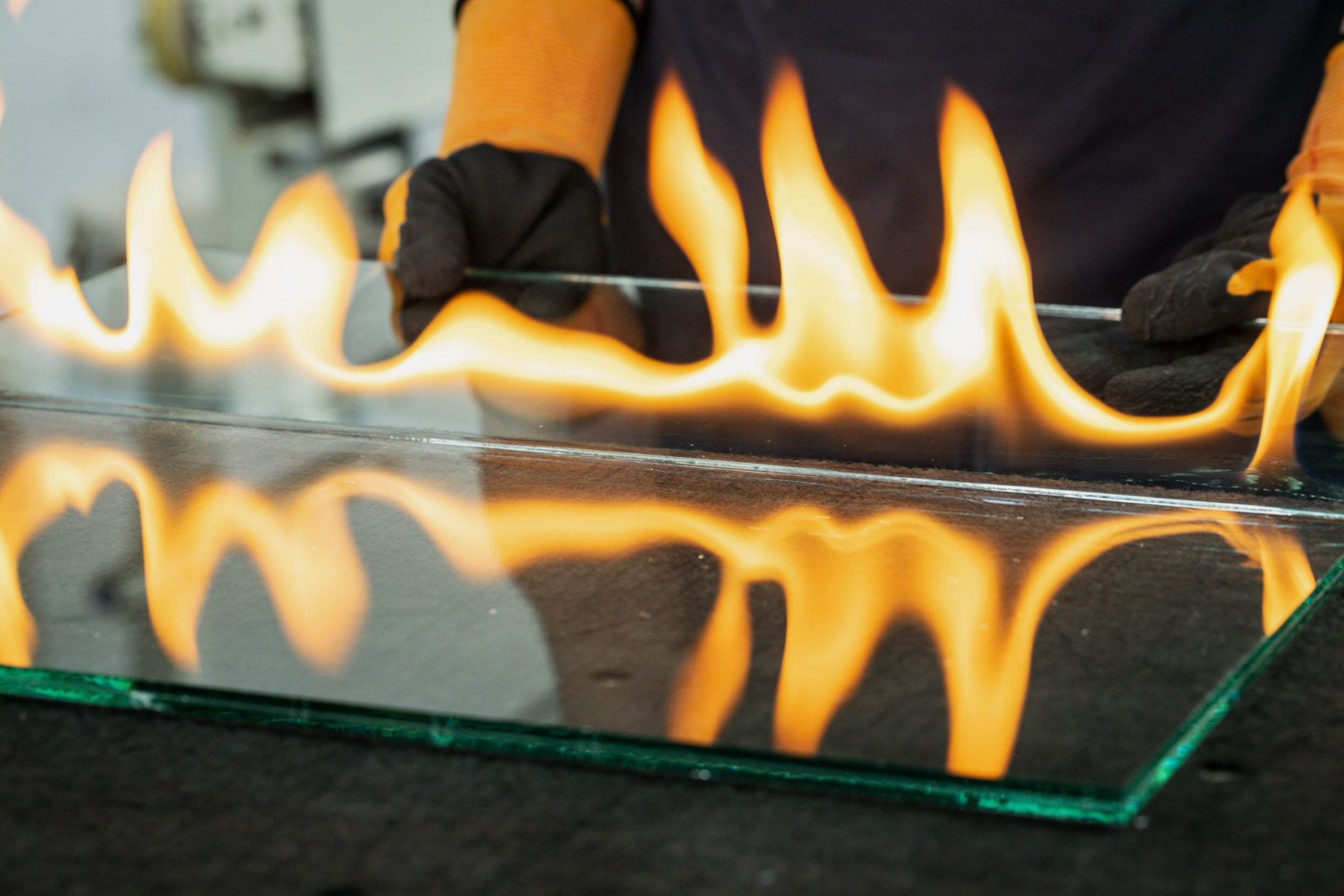

0 thoughts on “How To Replace Rear Window Glass”